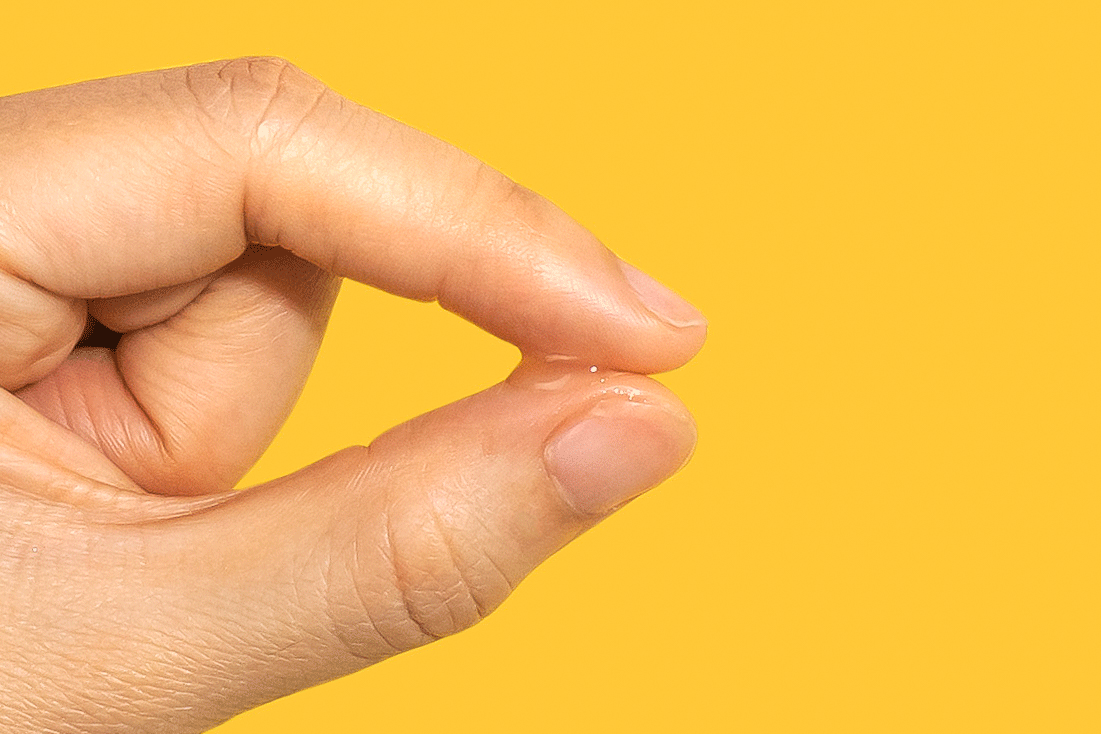We get asked a lot of different skin care questions, but there are certain ones that seem to crop up all the time. Here, we’re doing a Q&A on one of the most popular and “ew”-inducing ingredients in K-beauty: snail mucin.
If you’ve used a skin care product that contains snail mucin (sometimes listed as snail secretion filtrate), you probably can’t stop singing its praises. And if you’ve never used – or are new to using – a skin care product that contains snail mucin, you probably have a lot of questions.
There’s no denying that the thought of applying snail anything on your face sounds pretty weird, but the benefits outweigh the icky factor, we can promise you that
RELATED: We Get These Questions About Serums ALL the Time
Read on to learn why, plus the answers to all of your other most pressing snail mucin-related questions.
What can snail mucin do for my skin?
The real question is, what can’t it do? The ingredient is a source of proteins, copper peptides, antimicrobial peptides, hyaluronic acid, and glycolic acid. Armed with all that good stuff, snail mucin is anti-aging, hydrating, mildly exfoliating, brightening, and soothing – a true cure-all when it comes to targeting common skin concerns.
Is snail mucin good for acne-prone skin?
Definitely. It’s a lightweight ingredient that won’t clog pores. Its’ healing and antimicrobial properties can come in handy when you’re looking to speed up the acne healing process and treat inflammation. And because snail mucin can help regenerate cells (the glycolic acid comes into play here), it’s an effective acne scar treatment. This characteristic also makes the ingredient a good option for tackling uneven skin tone and pigmentation issues.
Can you combine snail mucin with ingredients like vitamin C and retinol?
Yes! Snail mucin is a gentle ingredient that plays well with others. It’s a humectant and has healing properties so it’s especially great to mix with strong ingredients that can be drying and irritating like retinol, vitamin C, and acids (AHAs and BHAs).
RELATED: How to Layer Acids
And because we know you’re wondering, the glycolic acid present in snail mucin is not enough to cause sensitivity or interfere with your other ingredients.

Can you use snail mucin every day?
Every day, twice a day, all day…go ahead and slather that stuff on!
How is snail mucin sourced for beauty products?
Snail mucin is not collected from a random sidewalk or rock. Beauty companies like COSRX and SMD Cosmetics are committed to collecting the secretion from snails in environments that are stress-free for the creatures and sanitary for us. For example, COSRX allows their snails to roam freely over a mesh net in a dark and quiet room for 30 minutes. After that, the snails are taken back home to rest and the mucin is collected for cosmetic purposes. SMD cosmetics keeps their snails under the care of farmers in Chile who ensure healthy and safe levels of secretion. Read more about the process here.
Wait, but does snail mucin make products feel like…snail mucin?
We’re not going to lie, the texture can take some time to get used to. Depending on the concentration of the ingredient and the type of product it’s in, snail mucin-infused products can feel tacky and sticky. But once absorbed and you’ve moved on to the next steps in your routine, your skin *should* feel smooth and soft.
Shop some of our favorite snail mucin-infused products below!
+Do you plan on trying the interesting ingredient? Let us know below!
The post Your Most Common Questions About Snail Mucin in Skin Care – Answered! appeared first on The Klog.
from The Klog https://ift.tt/34AHDfX